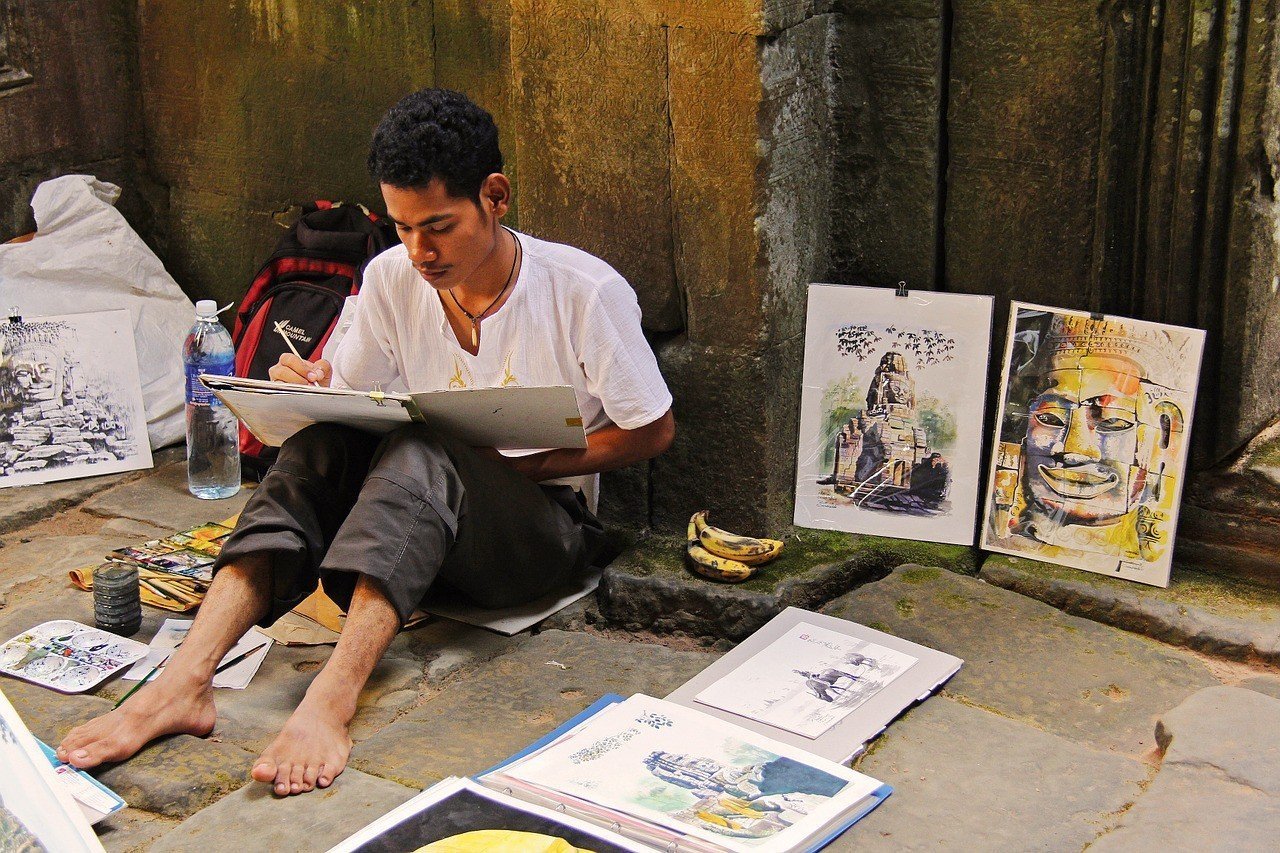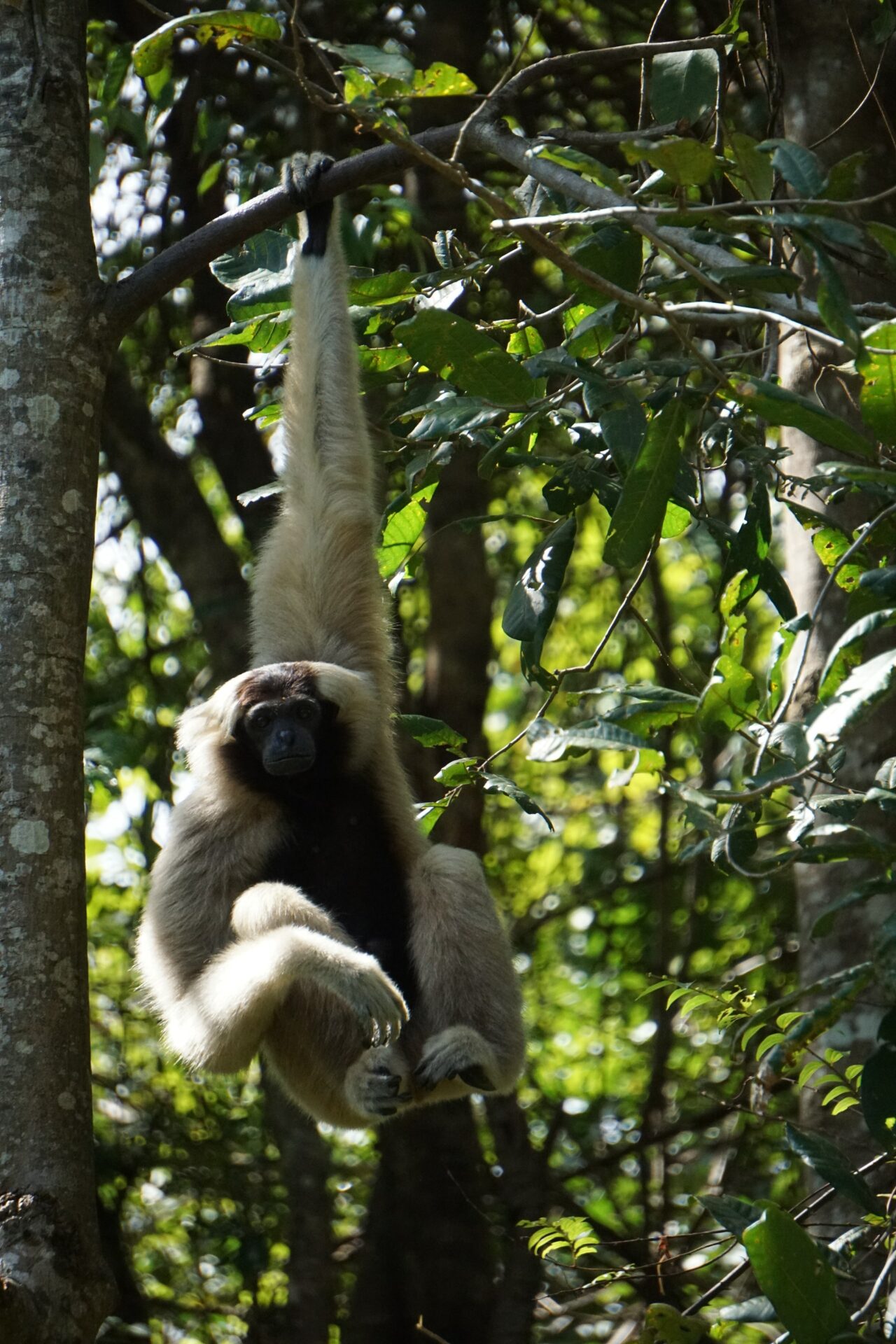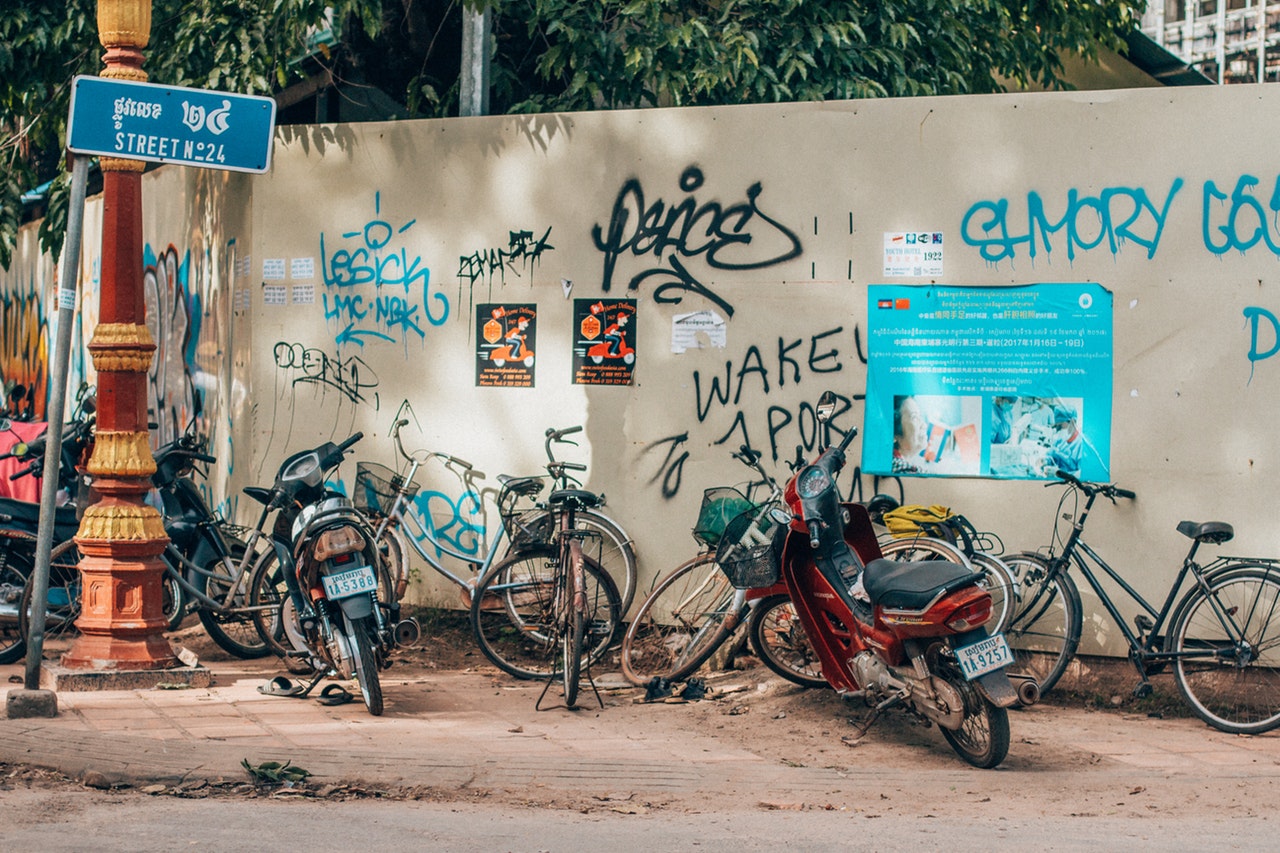Siem Reap is perhaps the best-known city in Cambodia, made famous by the world-renowned Angkor Wat Temple complex.
*This post may contain affiliate links, as a result, we may receive a small commission (at no extra cost to you) on any bookings/purchases you make through the links in this post. As an Amazon Associate, we earn from qualifying purchases. Read our full disclosure
While exploring Angkor Wat is an awesome reason to visit this city, there are so many things to do in Siem Reap outside of the famous temples. With a vibrant culture, great food, and fun nightlife, this is an essential stop on any trip through Cambodia!
Best Time To Visit Siem Reap
Like most countries in Southeast Asia, Cambodia has a dry and wet season.
The dry season is between November and April. During this time, you can expect light rains and higher temperatures. Avoid visiting during Christmas and New Year, as it is often extremely crowded and expensive during this time.
Between May and October, Siem Reap is more susceptible to monsoons and downpours. Temperatures still remain high but are slightly more bearable compared to the dry season. One good thing about the rainy season is that the vegetation turns a bright and lush shade of green.
In addition, the moats around the Angkor Wat temple complex are often filled with water during the rainy season, which makes for some great scenery, especially for photography.
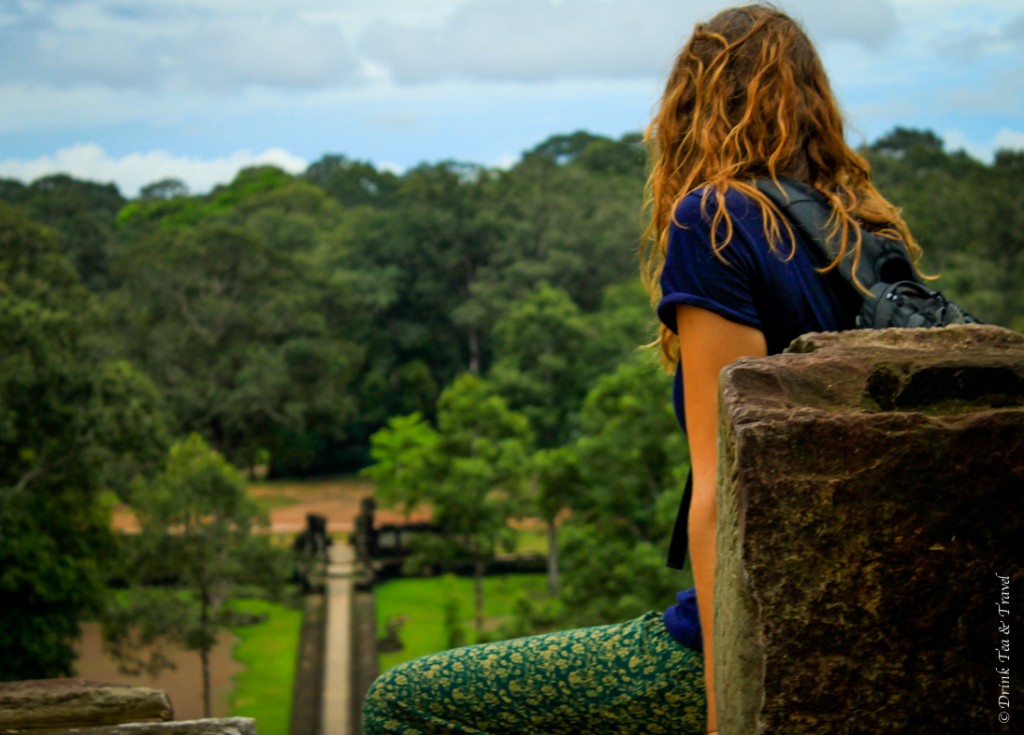
Traveling Soon? Here is a list of our favourite travel providers and accessories to help get you ready for your upcoming trip!
Things To Do In Siem Reap
Visit Angkor Wat & Other Temples
The temples in Siem Reap are vast and require a few days to explore. Purchase a multi-day pass instead of trying to cram all the sightseeing in one day, and check out this article to get the most out of your visit.
Of all the things to do in Siem Reap, visiting Angkor Wat in Angkor Archaeological Park is inarguably number one. Considered the largest religious complex on Earth, Angkor Wat and its surrounding structure are truly massive.
Angkor Wat was constructed during the Khmer Empire of the 12th century and was originally used as a Hindu temple dedicated to Vishnu. It was converted to a Buddhist temple less than a century later and has remained so ever since. Of all the temples in Siem Reap, Angkor Wat is the best-preserved and definitely the most impressive.
If you don’t mind having an early morning and really want the best photo opportunity, consider joining a sunrise tour.
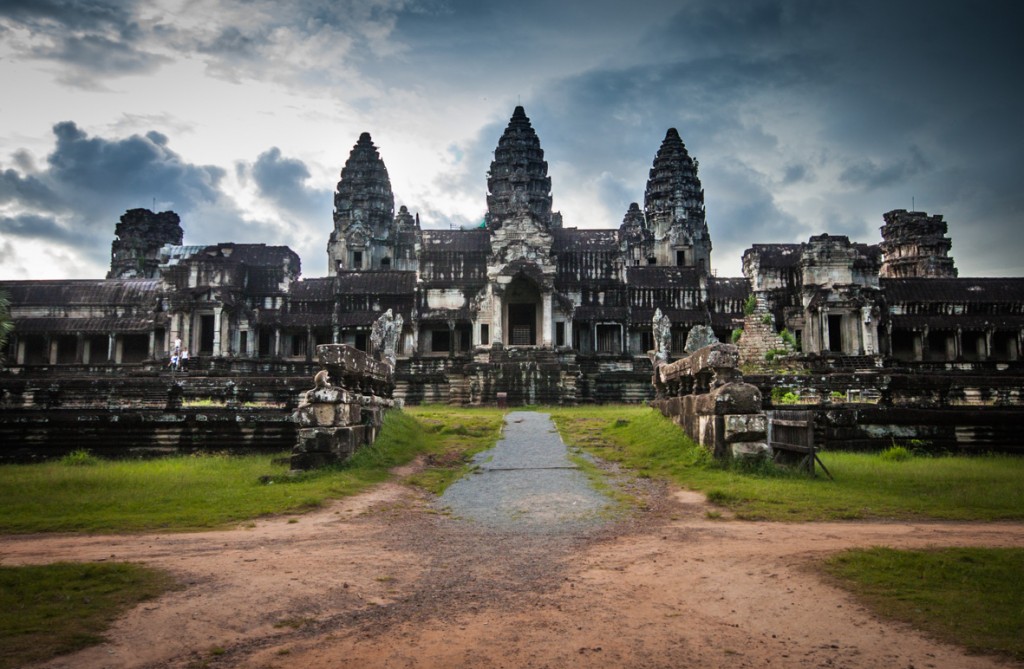
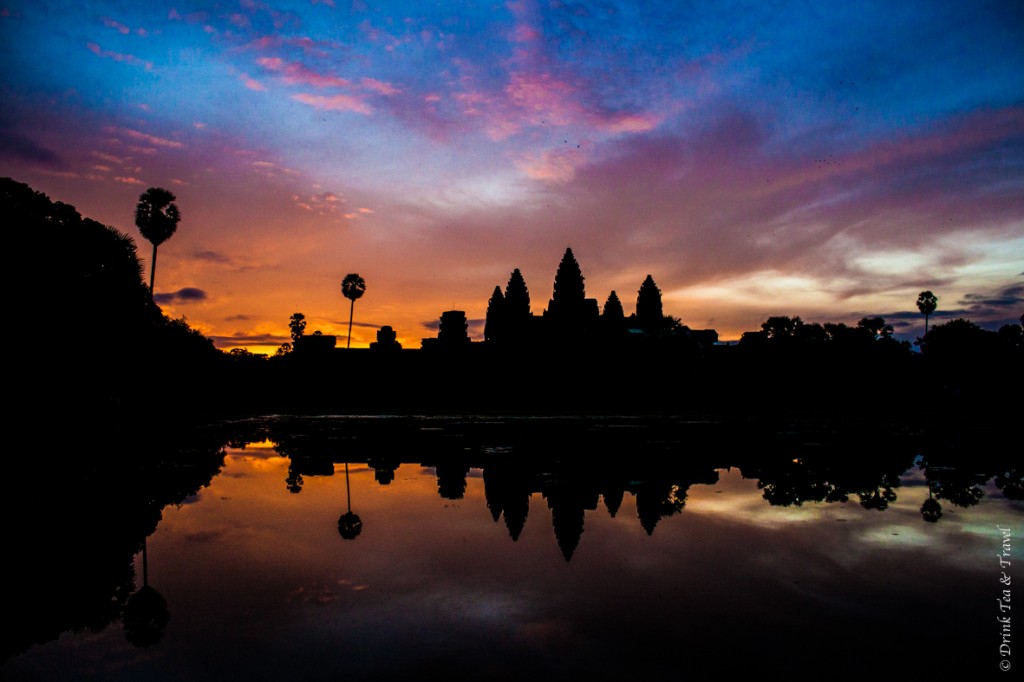
READ NEXT: How to Get the Most of an Angkor Wat Visit
Angkor Thom
Just like Angkor Wat, Angkor Thom is an impressive and large temple complex that deserves a visit. Some of the best places to visit at Angkor Thom include the North and South Gates, the Terrace of the Elephants, Phimeanakas, and Bayon.
You can visit both Angkor Wat and Angkor Thom in addition to a number of other temples with the same Angkor Wat Archaeological Park pass.
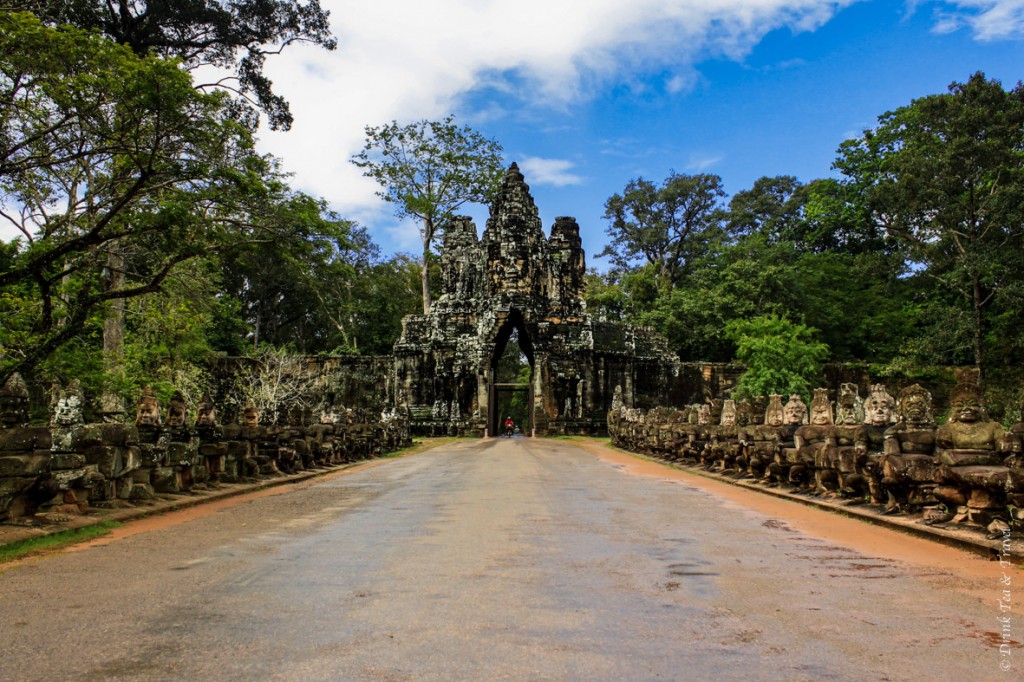
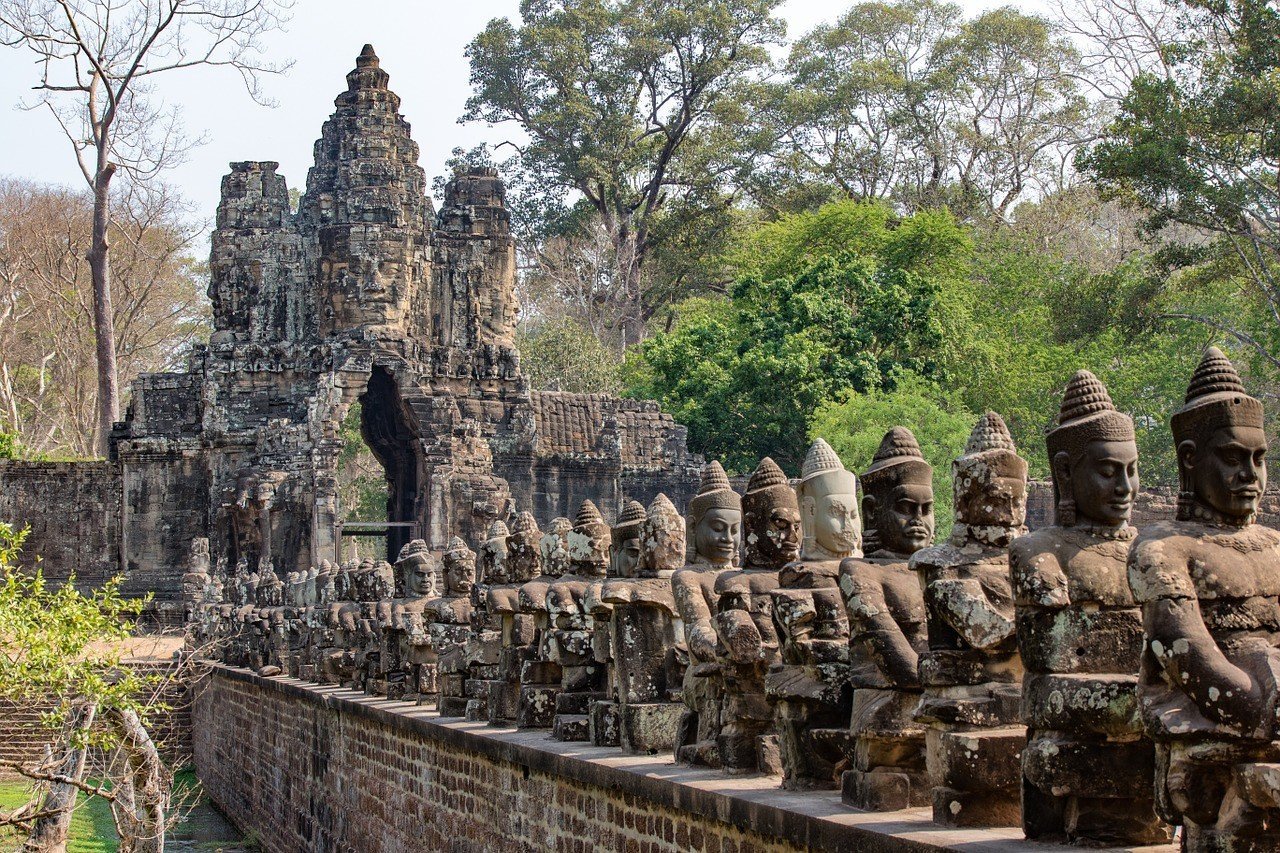
Bayon Temple
Bayon is technically part of Angkor Thom but is better known for being the temple with the smiling faces. The temple consists of 37 towers and over 200 faces carved out of stone. Make sure to bring your camera, as this temple is one of the most picturesque in town. A visit to Bayon is one of the best things to do in Siem Reap, so don’t miss it!
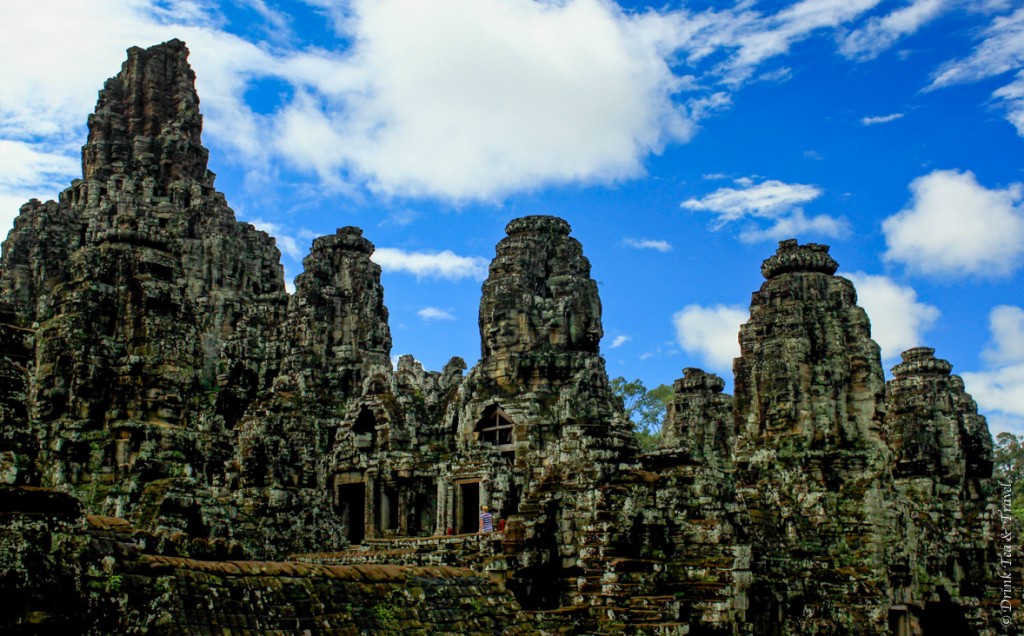
Tour Psar Chaa, The Old Market
Siem Reap is also well known for having excellent markets. Located on the banks of the Siem Reap River, Psar Chaa (Old Market) is a great spot to experience the local community. At Psar Chaa, you can shop for local goods like produce, grains, and meats. Although it is primarily a food market, the Old Market offers many other things for sale, such as clothes, crafts, decorations, and trinkets made by local artists.
If you’re more interested in seeing things from a local perspective, there’s a walking tour of the city and see other tourist attractions in Siem Reap.
Visit The Angkor Centre For Conservation Of Biodiversity
There are many things to do in Siem Reap, but visiting the Angkor Centre for Conservation of Biodiversity has to be one of the most unique activities. The Centre is best known for its work in wildlife rehabilitation and is currently rehabilitating a number of species including pileated gibbon, silvered langur, Malayan pangolin, and Asian palm civet, to name a few. You can take a tour to better understand the Centre’s work and see it in action.
Journey Through Kampong Phluk Floating Village
Located just a short tuk-tuk ride away from the flashing lights of Siem Reap, Kampong Phluk is a floating village built on stilts on Tonlé Sap Lake, the largest freshwater lake in Southeast Asia.
This village is unlike any other village in Cambodia; it has no streets, no shops, no restaurants, no cars, and no tuk-tuks. But despite all that, life in this village life goes on as it would anywhere else in the country. Hire a boat and float along the canals of the village, observing the day-to-day life of the residents who call this unique community – their home.
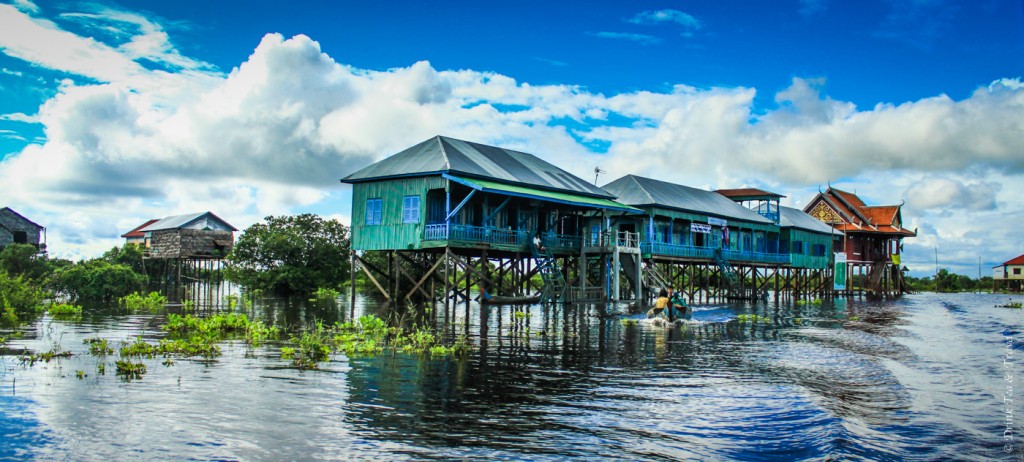
Explore After Dark
There are so many things to do in Siem Reap at night. Start your night tour at Pub Street, a backpacker hangout full of buzzing bars and travelers from all over the world enjoying the vibrant Siem Reap nightlife. Afterward, visit the night markets where you can stroll the street stalls, tasting different local specialties.
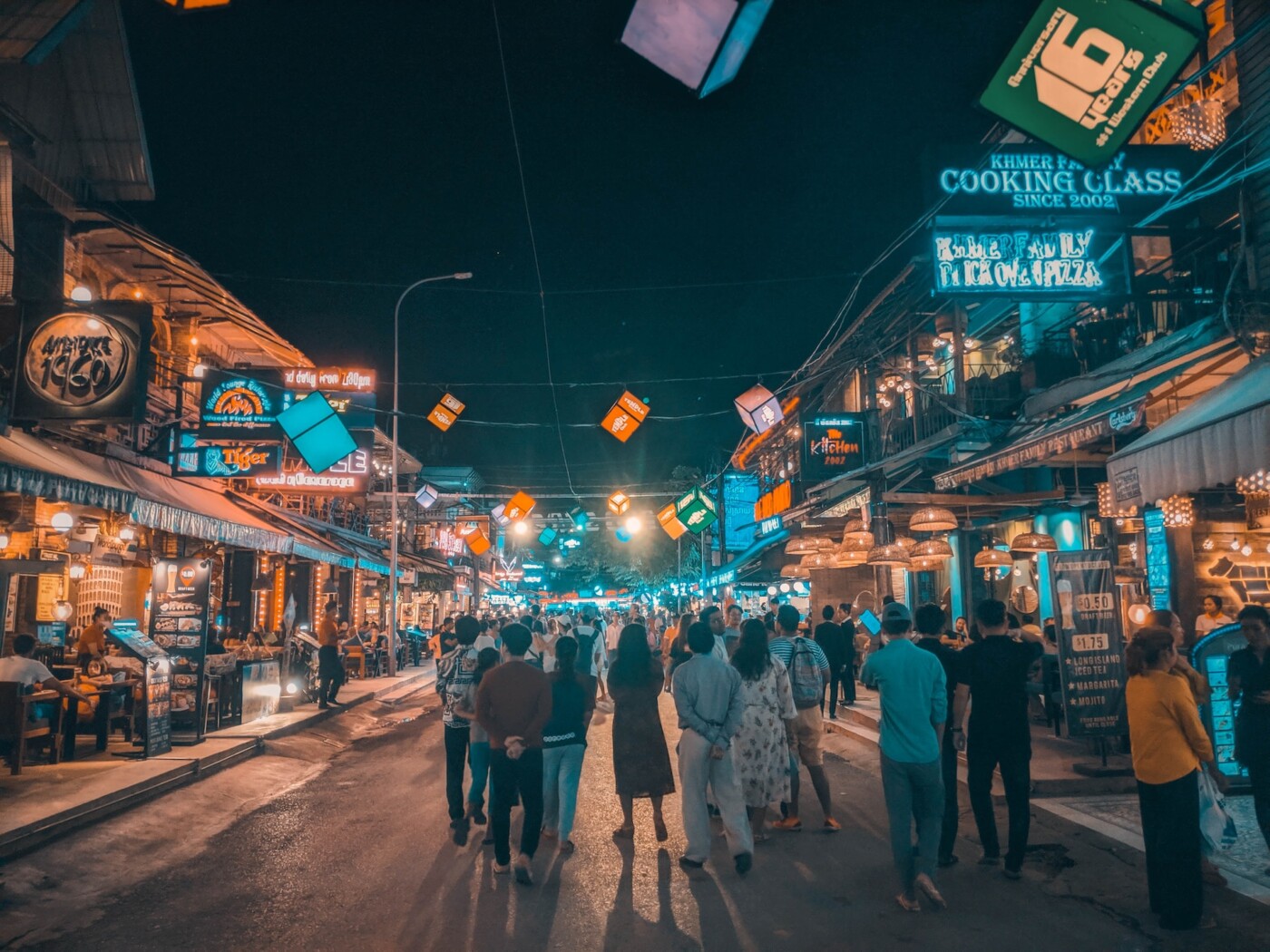
Explore The Museums and Historic Sites
If you plan on visiting the incredible temples, it’s a good idea to stop at one of Siem Reap attractions, Angkor National Museum. With many exhibits, this museum takes visitors back in time to the height of the Khmer civilization. You’ll see ancient artifacts, interactive exhibits that focus on the religion and culture of the past, and galleries that showcase ancient Khmer architecture.
The Cambodia Landmine Museum is located about 25 km north of Siem Reap, near the Banteay Srey Temple complex in Angkor National Park. You can get a ride on a tuk-tuk from downtown Siem Reap or add it to a trip to the national park. Cambodia Landmine Museum has exhibits about the landmines that were extensively laid out by the Khmer Rouge regime and are still being removed today.
Take A Day Trip To Phnom Kulen National Park
Located about 1.5 hours from Siem Reap, Phnom Kulen National Park is full of natural beauty, stunning historic temples, and the iconic reclining Buddha at the Preah Ang Thom pagoda. This park is home to the Phnom Kulem mountain and the Kulen Waterfall, where visitors can swim and enjoy the fresh, clean water.
You can drive to the park from Siem Reap, but the road can get a bit challenging about halfway through, and traffic is one-way. To take the stress out of transportation logistics and timing, join a guided tour that offers pickup.
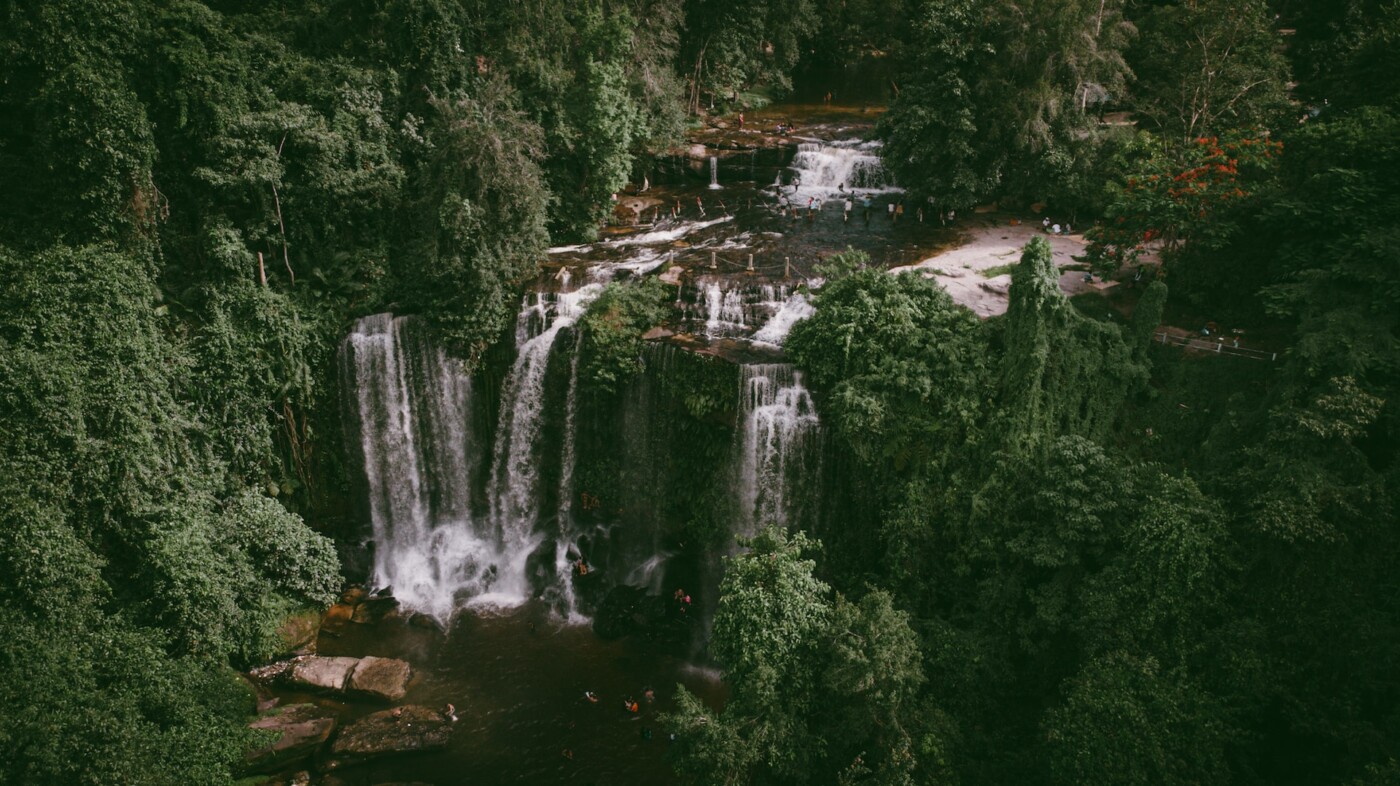
Where To Stay In Siem Reap
There is no shortage of hotels and hostels in Siem Reap, but we always try to stay in properties that minimize the impact on the environment and have a positive impact on the communities they serve. Here are a few eco-conscious accommodation options we recommend in Siem Reap.
- Sala Lodges: At Sala Lodges, you can stay in renovated Khmer houses that are comfortable and eco-friendly. Enjoy the incredible pool as well as the fantastic on-site restaurant.
- Anansaya La Maison is a modern, sustainable hotel with great amenities, free private parking, and a convenient location just minutes away from several attractions and Siem Reap Restaurants.
- Angkor Village Hotel features beautiful Khmer architecture, landscaped grounds, and a freeform outdoor swimming pool. Angkor Village Hotel also offers tour bookings and bike rentals to get around the city.
- Eco-Home: If you’re on a budget, the Eco-Home hostel is a perfectly comfortable place to stay. It’s run by a local family, and your stay helps support an NGO that one of the family members runs to support underprivileged children in Siem Reap.
Where To Eat And Drink
- Banlle Vegetarian Restaurant: At Banlle Vegetarian Restaurant, you’ll find lots of healthy choices in both Cambodian and international cuisine. There are lots of vegan options as well.
- Marum: Creative local cuisine, delicious cocktails, and fruit shakes made using only the freshest ingredients. Marum is not just a restaurant but is also, most importantly, a social business with the ultimate goal of employing former street youth and providing them with the skills they need to become employable in the thriving hospitality industry.
- Haven is a highly-rated restaurant focused on sustainable practices like eliminating single-use plastics and sourcing local ingredients and organic produce. While Haven’s menu isn’t all plant-based, they have some wonderful vegetarian and vegan options.
- Chanrey Tree is a beautiful restaurant set in the heart of Siem Reap’s riverside district. The restaurant is housed in a restored traditional Khmer house, and outdoor garden seating is available. Chanrey Tree specializes in traditional Cambodian countryside cuisine, made from recipes passed down through generations.
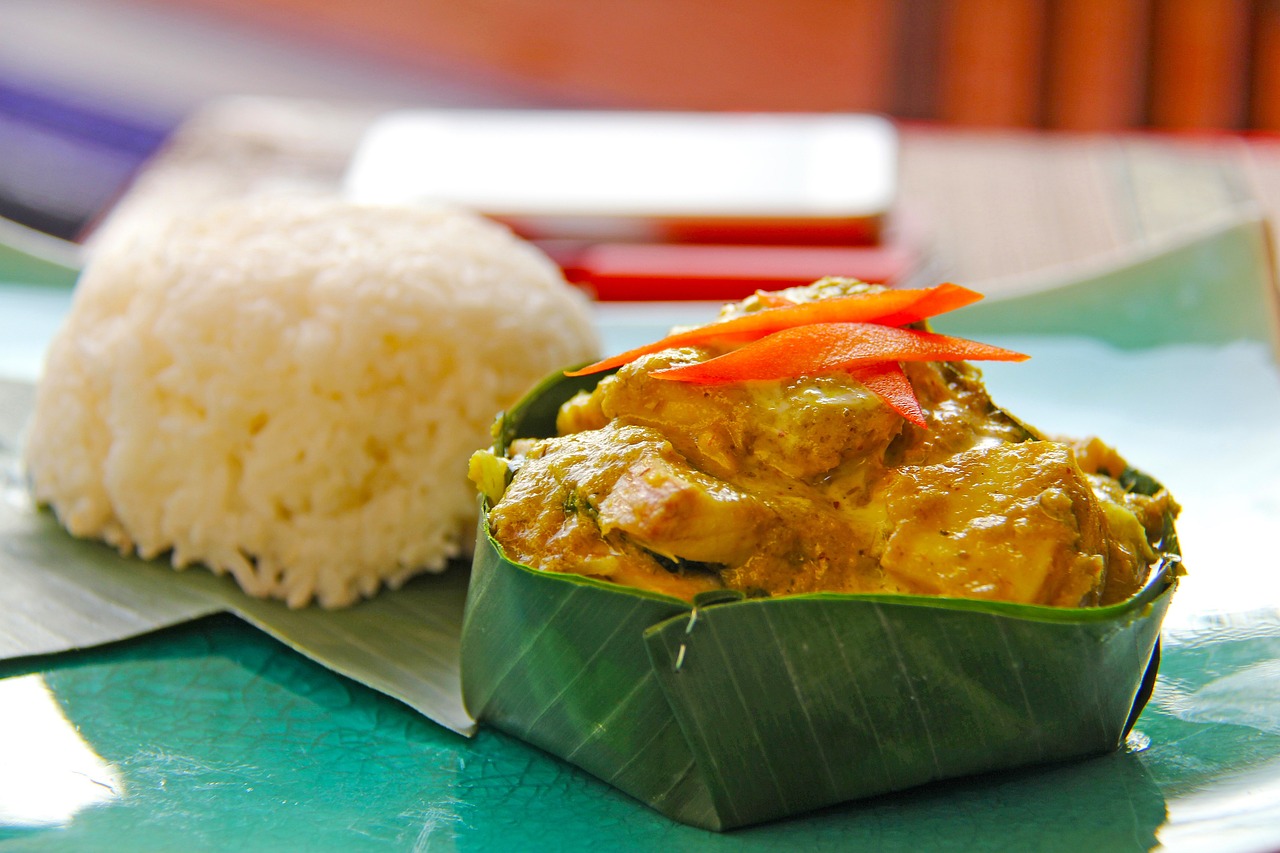
How To Get To Siem Reap
By plane: Siem Reap is home to the second-largest airport in Cambodia, so the city is easily accessible from most destinations in Southeast Asia. You can obtain a visa on arrival at the airport.
Overland: Major bus companies operate routes from a number of destinations within Cambodia as well as from Laos, Thailand, and Vietnam. It is also possible to arrive by boat, train or shuttle.
How Much Time Do You Need In Siem Reap?
The amount of time you need in Siem Reap largely varies from person to person, depending on what you’re most interested in. If you are in a rush, you can get an overview of Angkor Wat and its surroundings in just 1-2 days. But to properly explore all the temples and the nearby areas, you’ll need at least 3-4 days.
Siem Reap really is a must-visit city when traveling in Cambodia. Angkor Wat might (justifiably) be the symbol of the city, but there really are a number of other things to do in Siem Reap besides temples. The atmosphere in town is special, so take your time while exploring there and enjoy everything that Siem Reap has to offer.

